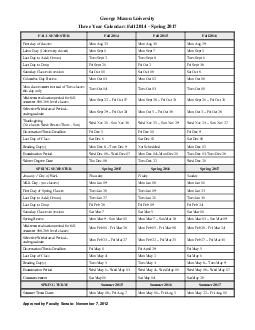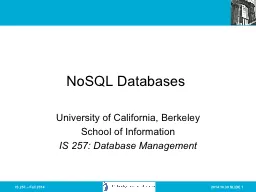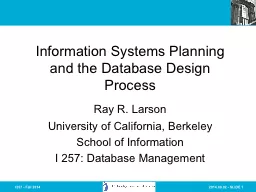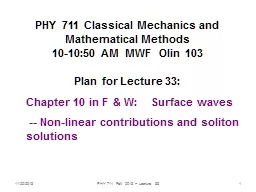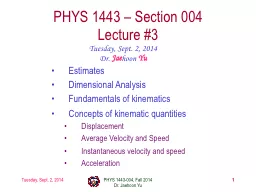PPT-Fall 2014-2015
Author : luanne-stotts | Published Date : 2016-07-26
Compiler Principles Lecture 8 Intermediate Representation Roman Manevich BenGurion University Tentative syllabus 2 midterm exam Previously Why compilers need
Presentation Embed Code
Download Presentation
Download Presentation The PPT/PDF document "Fall 2014-2015" is the property of its rightful owner. Permission is granted to download and print the materials on this website for personal, non-commercial use only, and to display it on your personal computer provided you do not modify the materials and that you retain all copyright notices contained in the materials. By downloading content from our website, you accept the terms of this agreement.
Fall 2014-2015: Transcript
Download Rules Of Document
"Fall 2014-2015"The content belongs to its owner. You may download and print it for personal use, without modification, and keep all copyright notices. By downloading, you agree to these terms.
Related Documents


